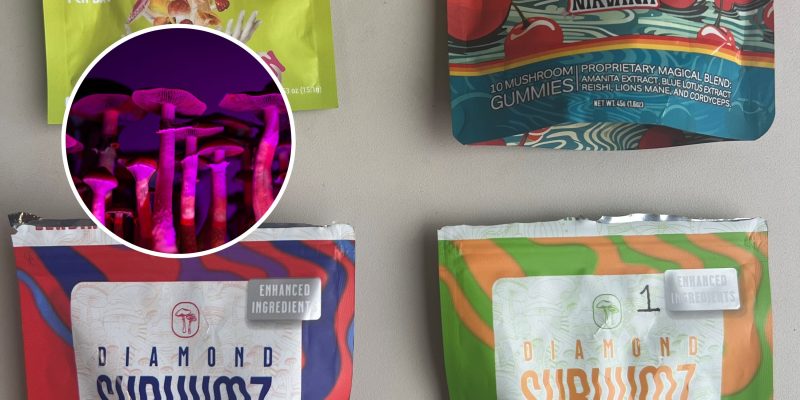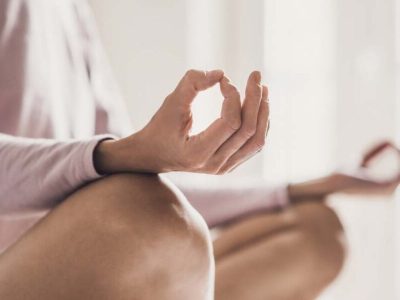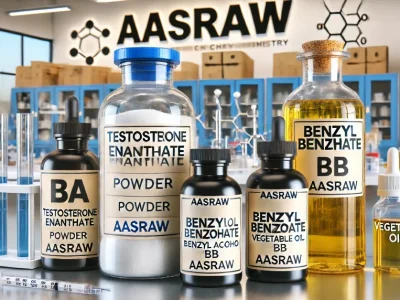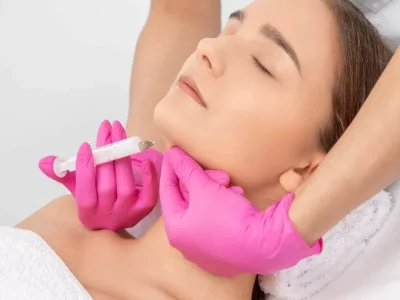Microdosing refers to taking very small amounts of psychedelic substances, typically around one-tenth of a regular dose. When it comes to psilocybin mushroom gummies, microdosing means consuming just enough to experience subtle effects without causing hallucinations or strong psychedelic experiences. Many people who practice microdosing report improved mood, creativity, and focus.
Setting your intentions
Microdosing practices must be well-intentioned before they commence. Ask yourself why you’re interested in microdosing and what you hope to achieve. Having well-defined goals will help you better evaluate the effects and determine if the practice aligns with your needs.
Ideal life circumstances
The best time to start microdosing is when your life circumstances are relatively stable. This means:
- Having a consistent daily routine
- Being in good mental health
- Not experiencing major life stressors
- Having a supportive environment
- Being free from significant work or family obligations that require high-stakes decision-making
- Having time to observe and journal about your experience
Time of year considerations
Starting a microdosing practice during spring or early fall is beneficial. These seasons often bring moderate weather and balanced daylight hours, which complement the subtle effects of microdosing. This is largely personal preference, and what matters most is choosing a time when you feel ready and stable.
Daily timing
Most experienced microdoses recommend taking their dose early in the morning, preferably on an empty stomach. This allows you to:
- Monitor effects throughout the day
- Maintain normal sleep patterns
- Adjust dosing if needed
- Track energy levels and mood changes
- Document any shifts in productivity or creativity
Starting on the right day
Choose to begin on a day when you:
- Have no important meetings or deadlines
- Can spend time at home
- Have time for self-reflection
- Can maintain a relaxed schedule
- Have support available if needed
Scheduling your protocol
Common microdosing protocols include:
- One day on, two days off
- Every third day
- Twice per week with rest days in between
- Five days on, two days off
Choose a schedule that fits your lifestyle and allows you to maintain consistency. Many people start with the one-day-on, two-day-off protocol as it provides adequate time to observe both dosing days and non-dosing days.
Preparation period
Before starting, take at least two weeks to:
- Research and educate yourself thoroughly
- Establish a journaling practice
- Create a conducive environment
- Set up a system for tracking effects
- Develop a consistent sleep schedule
- Stabilize your diet and exercise routine
- Clear your calendar of major commitments
Monitoring and adjustment phase
The first month of microdosing should be treated as an experimental phase. During this time:
- Keep detailed notes of effects
- Pay attention to mood changes
- Monitor energy levels
- Track sleep patterns
- Observe social interactions
- Document any changes in creativity or productivity
Signs you may need to wait
Consider postponing your microdosing practice if you’re:
- Experiencing significant life changes
- Dealing with mental health challenges
- Taking medications that might interact
- Feeling uncertain about your decision
- Under unusual stress
- Lacking a stable daily routine
- Not in a supportive environment
The best time to start microdosing is when you’re well-prepared, stable, and ready to approach it thoughtfully and systematically. Take time to research, prepare, and create optimal conditions for your experience. magic mushroom gummies are enjoyed best when you’re fully prepared, with strong support systems and thoughtful protocols in place for your journey. Always prioritize safety, careful preparation, and a mindful approach to ensure the most beneficial experience possible.







Comments